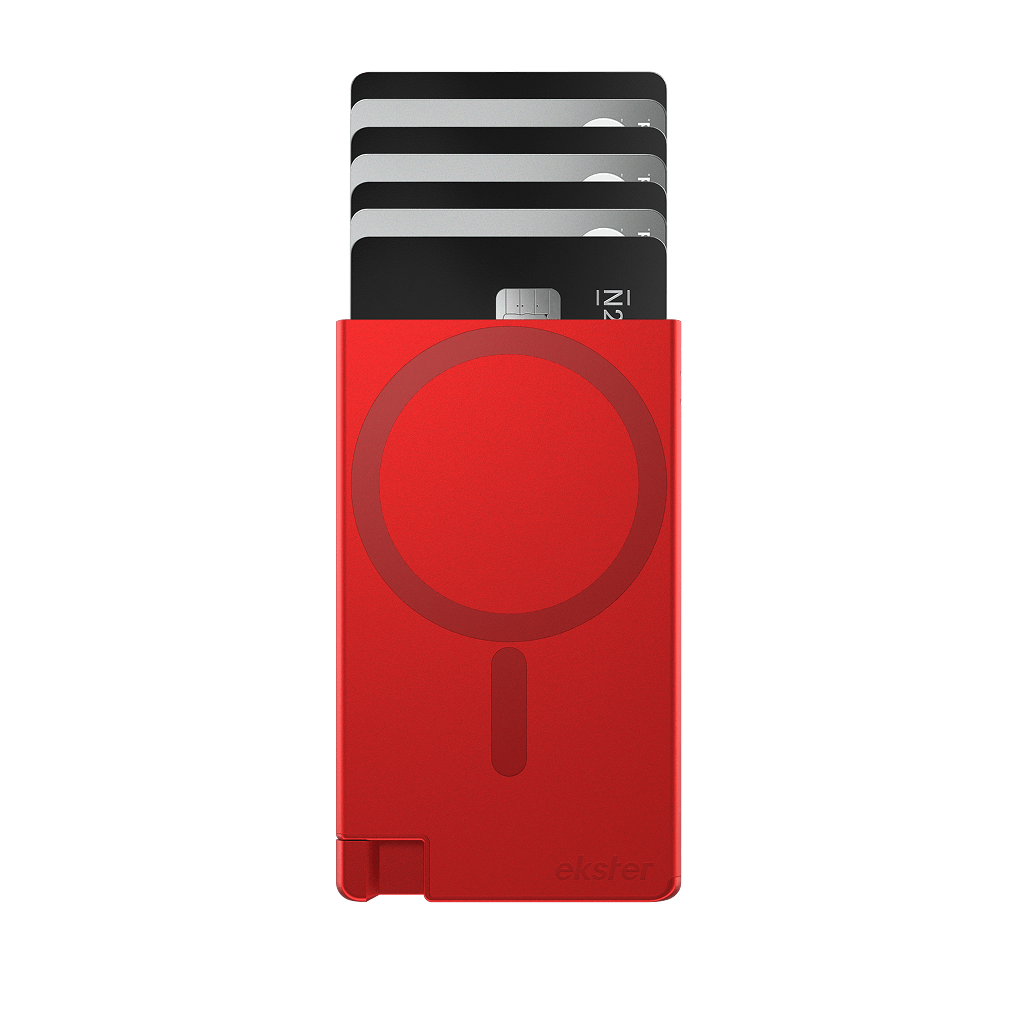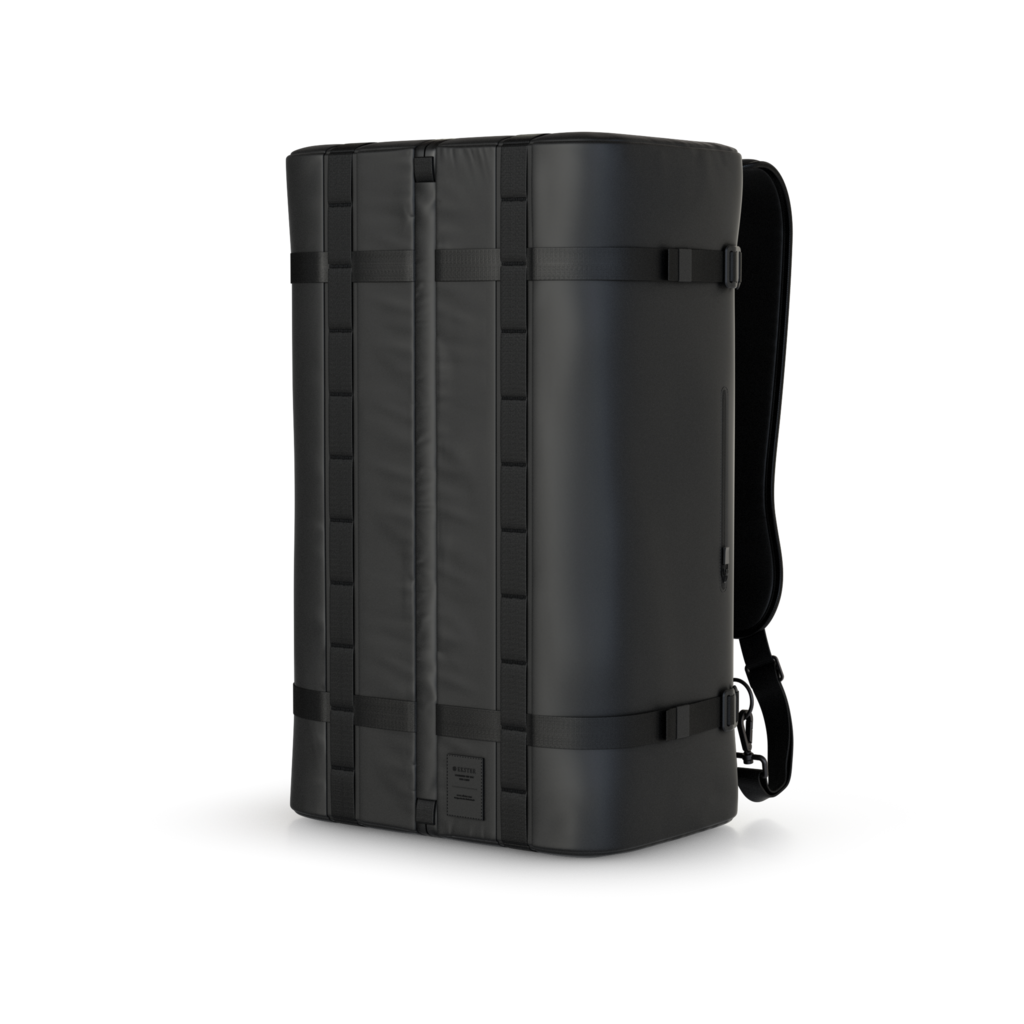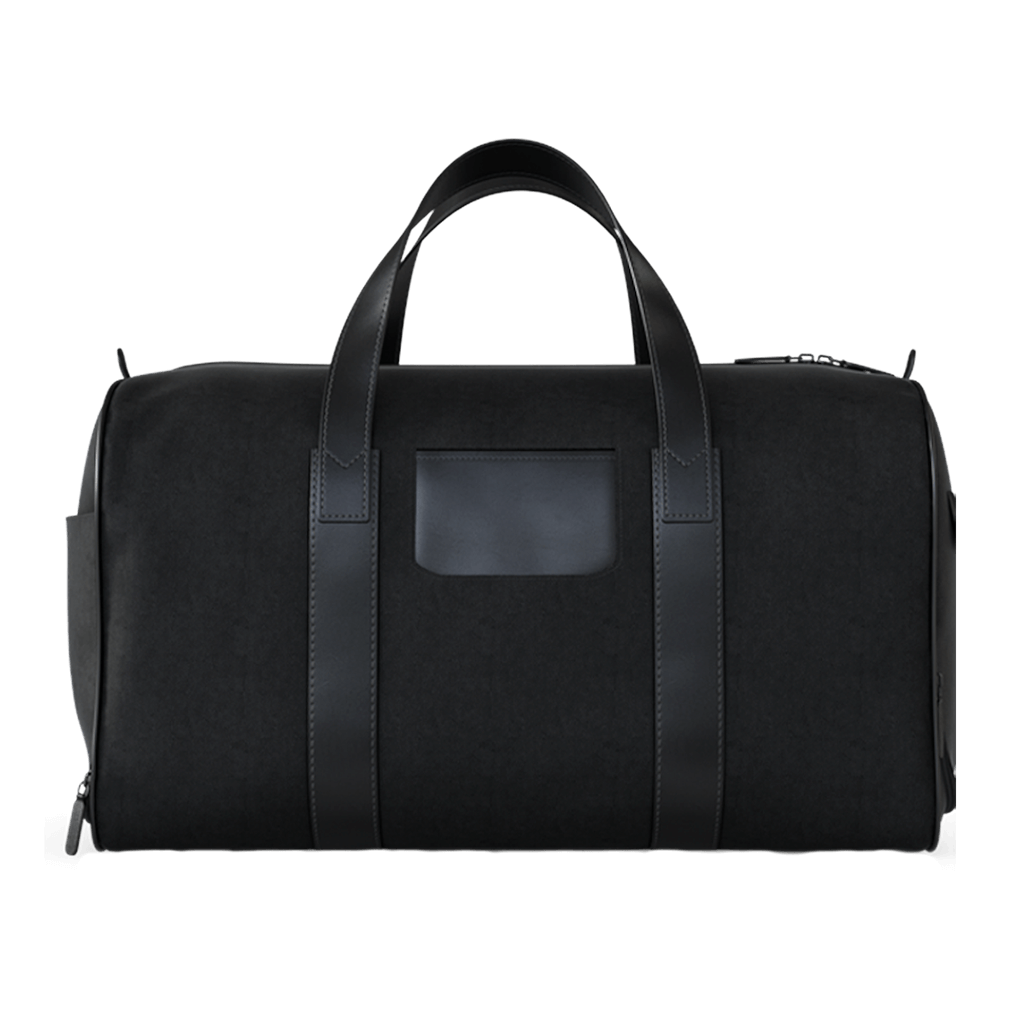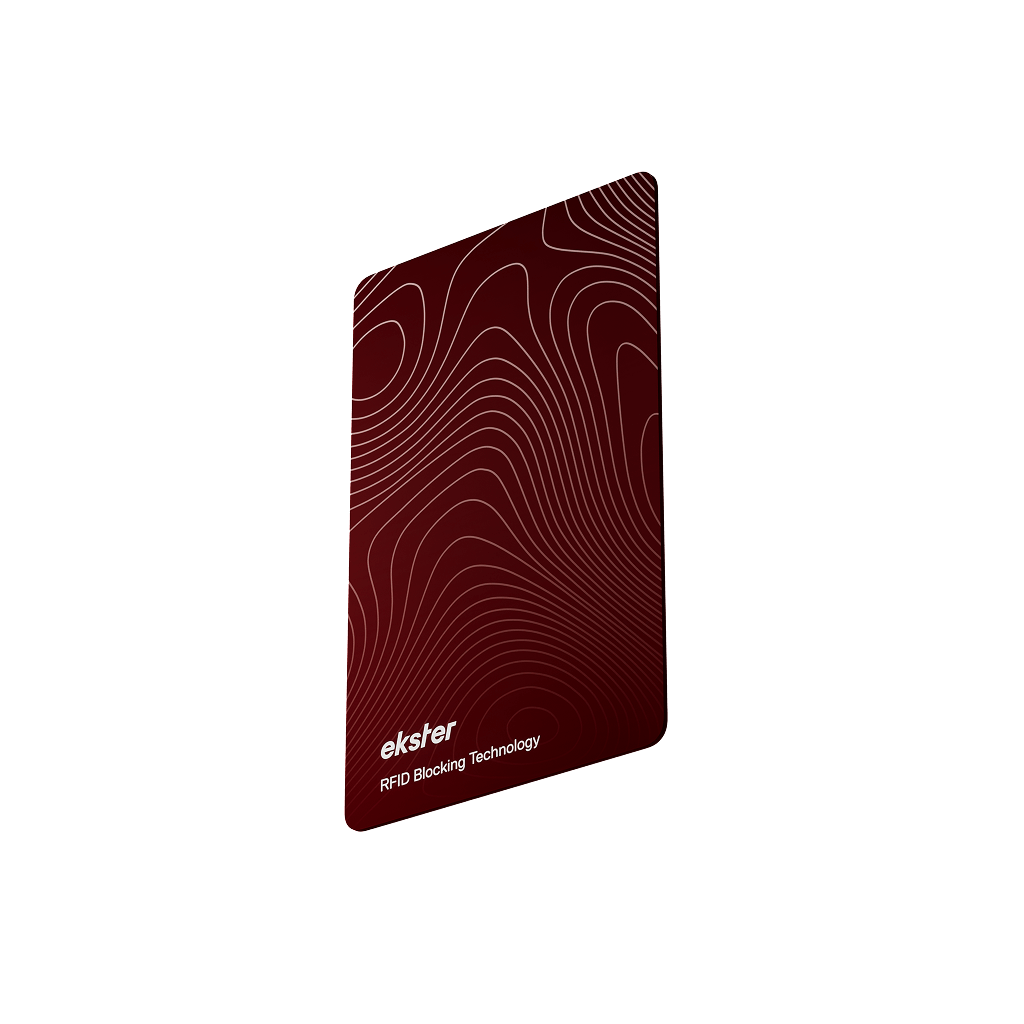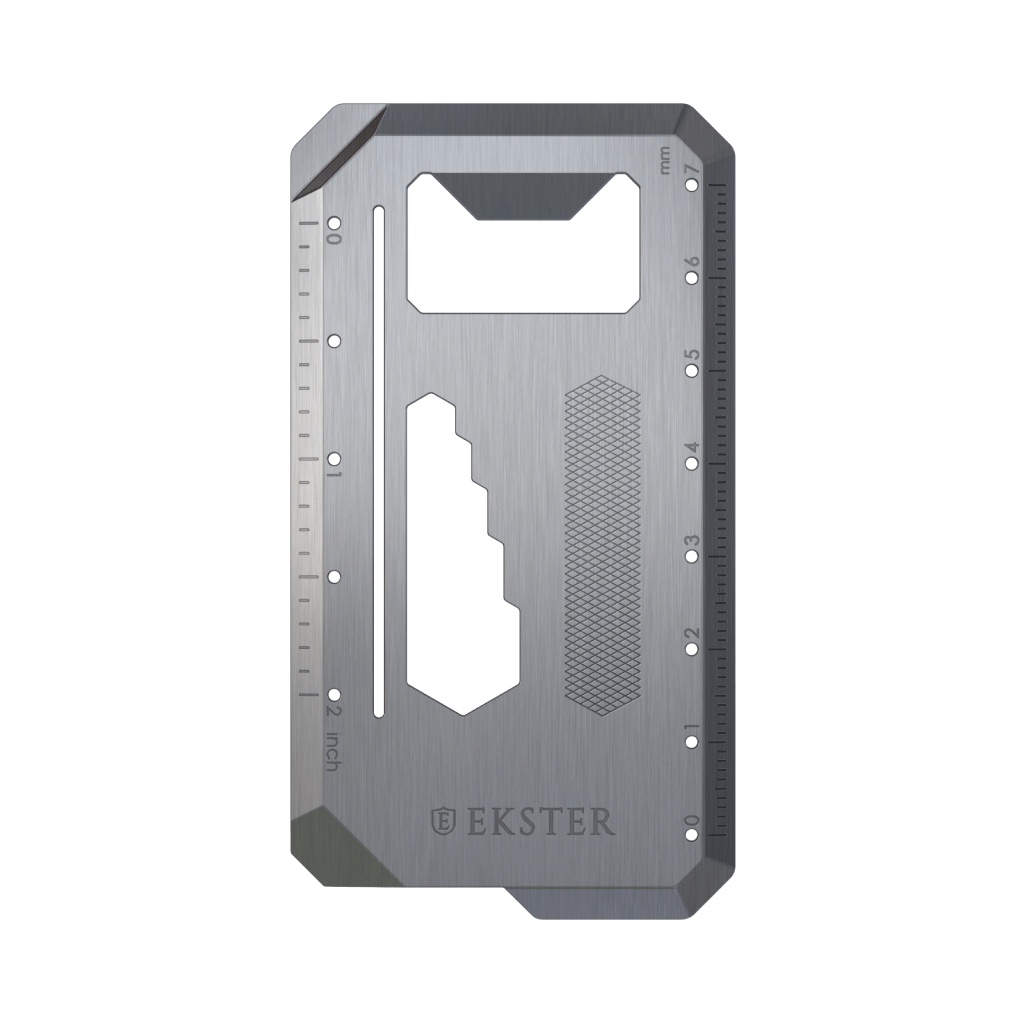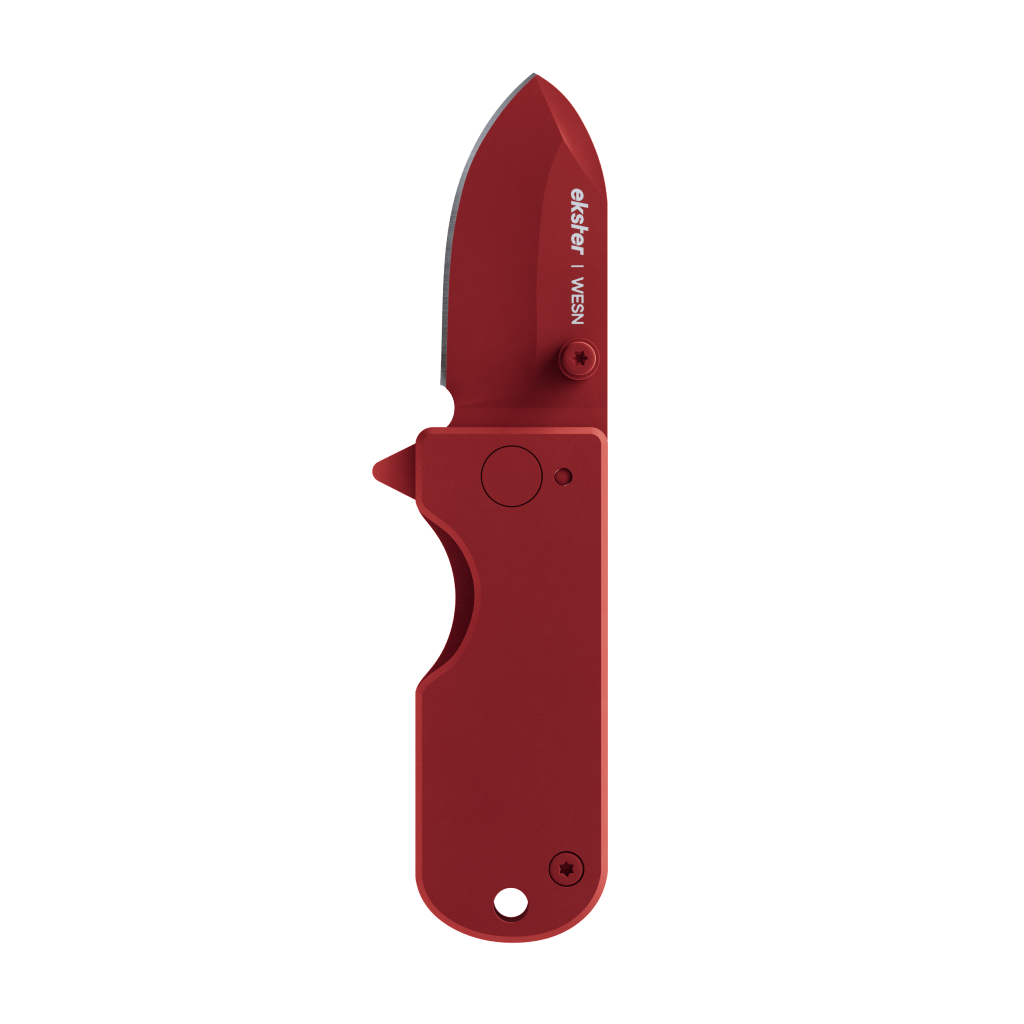The Products of a Cashless Future
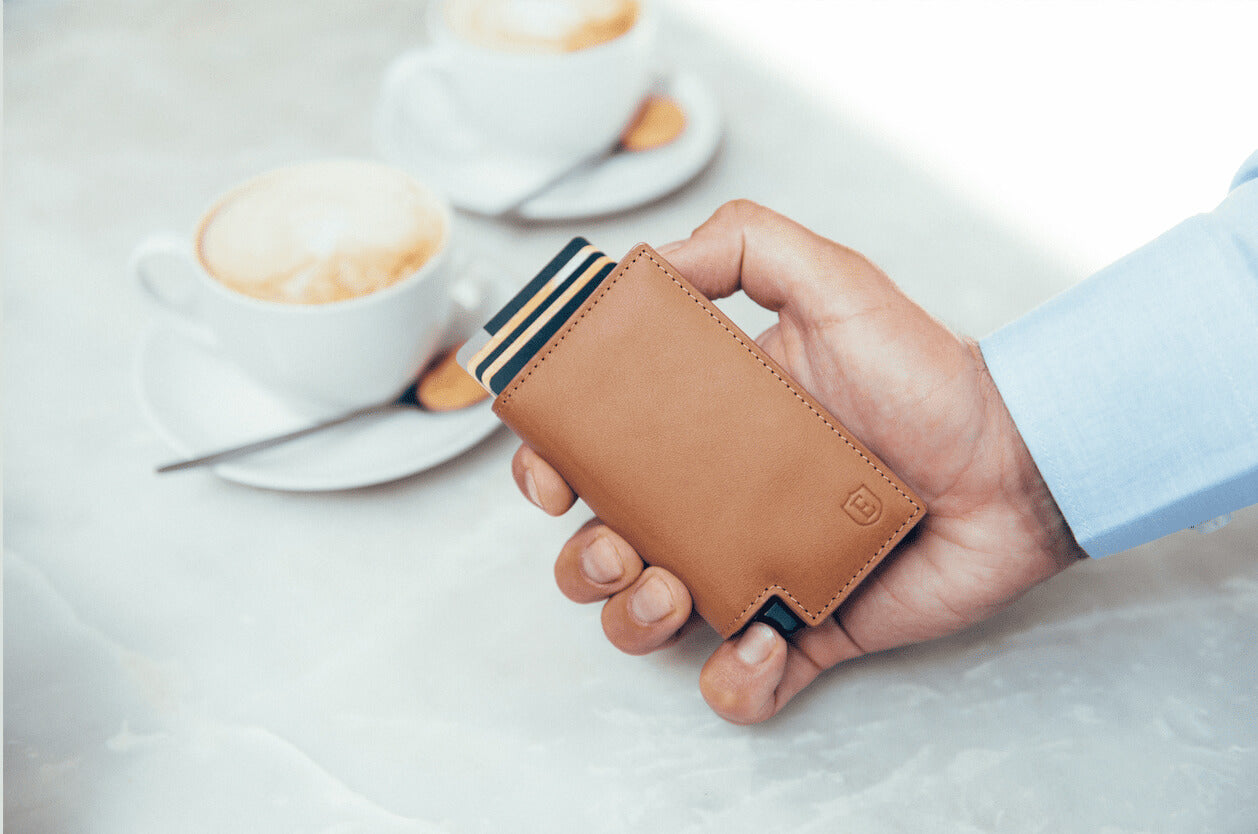
Whether it's from specialized checkout lanes in Albert Heijn or local gas stations, this sign will be familiar to anyone who has lived in the Netherlands.
“Hier alleen pinnen” means “here you can only pin”, the Dutch colloquial term for any type of card transaction. There are various reasons why a business might choose not to accept cash; to avoid robberies, to streamline finances, but one thing is for certain - the Netherlands is moving towards a cashless future.
“The payments industry and the retail community have the joint ambition to increase the share of cashless payments to 60 percent by 2018. And we are well underway to reaching this goal”, said the EPC (European Payment Council) in a 2016 report. This movement, though originating in Europe, is becoming a globalized phenomenon.
But why this move towards a cashless future?

Consider this: in 2014 the U.S. Mint produced $4.16 billion dollars’ worth of pennies. Considering various studies, is it estimated that between 66% and 74% of all pennies vanish from circulation.
This means that in couches, on sidewalks, in the pockets of old jeans, sits as much as $3.08 billion dollars worth of pennies, probably never to be found again [source: Elder].
Situations like this expose the tension between the antiquated formal systems of our economy and the fast-paced evolution of our financial climate: where the old meets the new.
We have already seen huge changes in consumer products where businesses are responding to an imminent need for our gadgets to reflect our society.
Applications such as Venmo and the rise of the RFID wallet or hi-tech wallet are perfect examples of how entrepreneurs are finding their niche within an economy that is increasingly interested in spontaneous transactions.
Gone are the days of piggy banks and pots of gold: as the financial industry converts to technology, so must the consumer.
“Contactless transactions, as well as through smartphones, are already a big help in achieving this transition as they provide unparalleled speed and convenience for both consumers and retailers.”
Smart wallets and security wallets are some of the products responding most directly to how these shifts in finance affect everyday consumers. Ekster has exemplified this moment in time by creating a smart wallet that walks the line between the cash-filled past and the cashless future.
Our GPS wallets are card-oriented with an ejectable mechanism providing for fast easy usage, but still offer the space for cash and coins in a slim wallet minimalist design.
They retain the beauty and craftsmanship of an older time by using premium top-grain Dutch/German leather, while guaranteeing RFID scanning (here can link to another blog post on RFID scanning) protection with a patent metal design.
Is your wallet ready for the future?







